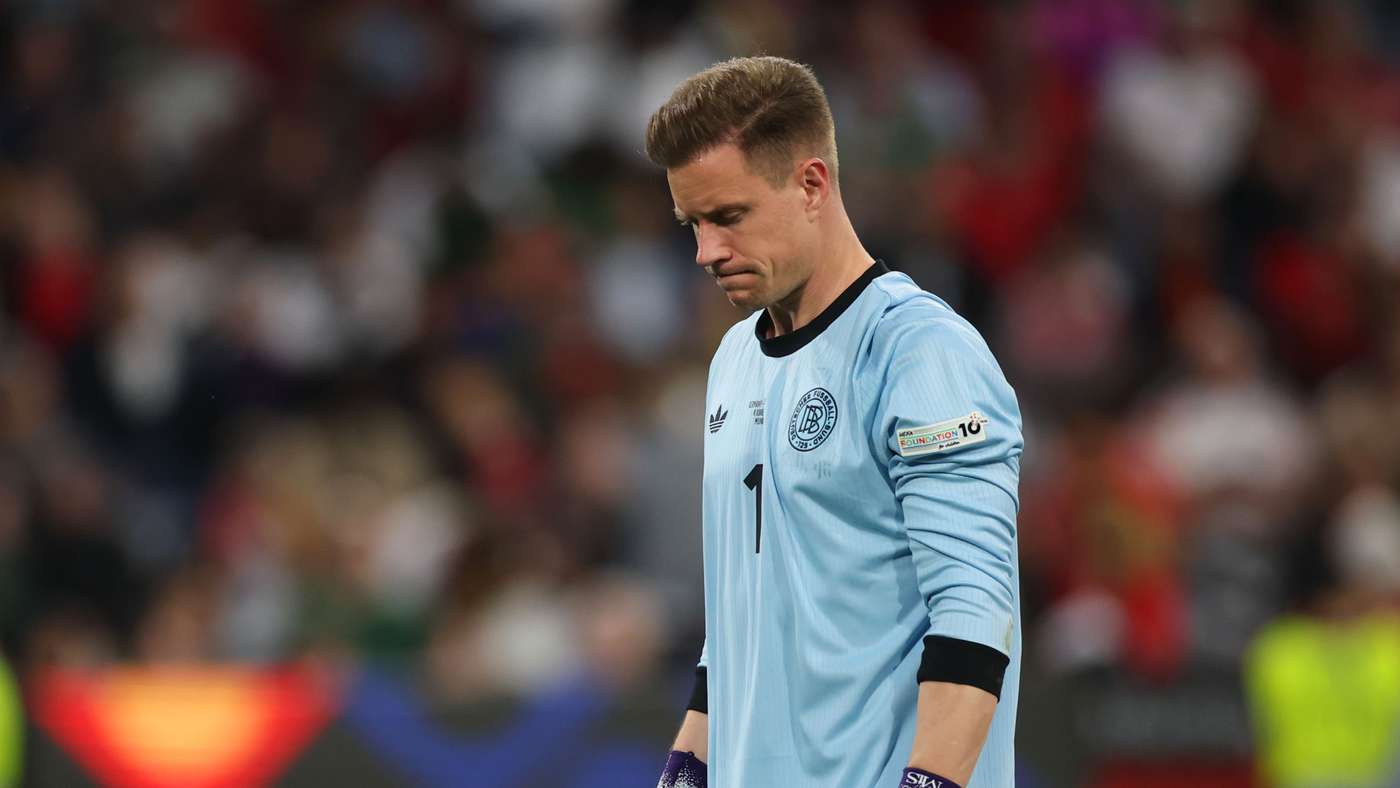Milano-Cortina 2026: The Winter Games We Must Nail Down Now
28 October 2025

Overview
In the face of questions about the fate of the Milano-Cortina 2026 Winter Games, Christophe Dubi, the IOC official responsible for delivering the Games, stressed that a successful event is essential for the Olympic movement. Following Paris 2024, the Milan-Cortina edition will again stage competitions across its northern Italian sites and the Dolomites, weaving venues together from Milan to Cortina.
In an interview with Agence France-Presse, Dubi outlined the pragmatic trajectory: the Games must be feasible in seven hubs spread across a distance of several hundred kilometers, linking Alpine towns and the broader region while benefiting from existing infrastructure where possible. The aim is to minimize disruption and maximize operational clarity for athletes, volunteers, and fans alike.
At Milan’s temporary skating arena, preparations were described as ongoing, with a December deadline to finalize work in the site that hosts the hockey portion of the program. Even with heavy on-site activity, Dubi noted that everything is progressing well, as organizers continually recalibrate timelines to ensure readiness for a smooth opening.
When critics point to oversized complexes from past Games, Dubi argued that Milani-Cortina’s approach leverages fast transport links, rail connections, cableways, parking, and underground networks to create a coherent system. The strategy is to reuse what already exists, while designing a flexible structure that can be adapted for future Alpine-hosted Games, including potential layouts for a 2030 edition in the French Alps and a 2038 Swiss edition that the IOC has signaled as a likely path forward.
From a logistical standpoint, the network is envisioned as seven relatively distant hubs rather than a single compact campus. The experience for athletes is paramount, Dubi insisted: the goal is to give participants a sense of belonging to a unique event that transcends a single sport. The opening ceremony is planned across four sites—San Siro in Milan plus parade routes through Predazzo, Livigno, and Cortina—allowing many athletes to witness the celebration in person for the first time.
Each evening, a festival-like atmosphere is imagined in Milan, Bormio, and Val di Fiemme to ensure that fans, wherever they are, feel part of the Milano-Cortina celebration. However, Dubi cautioned that attendees—from journalists to spectators—must acknowledge the importance of careful planning. The Milan-to-Cortina transition is not achieved by a single fast train ride; similar considerations will apply in 2030 and 2038 if Switzerland hosts the Games as planned. The underlying message is that success hinges on effective execution rather than heroic last-minute fixes.
Questioning whether the Milano-Cortina outcome might push revisions for 2030, he argued that staffing levels and the core plan would stay consistent, but the overall experience would evolve with new technology and immersive tests, including advanced three-dimensional experiences and other innovations. The emphasis remains on delivering a coherent, memorable event that feels both authentically Alpine and universally accessible.
By late 2023, the IOC had projected that only about ten countries would still be capable of hosting the Winter Games by 2040, a sobering reminder of climate-related pressures on big-stage sport. The climate challenge is not merely about temperatures but about adapting facilities and scheduling to ensure that competitions can be held in conditions that are safe and fair for all athletes.
Regarding the broader climate question, Dubi noted that heat, weather variability, and ice production all shape how the Games are staged. While some locations struggle with ice quality, new technologies—such as advanced artificial ice that mimics natural glide—could transform the way winter sports are staged. He also observed that skating venues and ice facilities must evolve to minimize energy use, reduce waste, and still deliver the high-quality ice athletes demand.
Turning to the Paralympic Winter Games Milano-Cortina 2026, the event is expected to feature roughly 600 athletes competing in 79 medals across six sports. It will mark the 50th anniversary of the Winter Paralympics and will be Italy’s second hosting of the Paralympic Games after Torino 2006. A fresh medal event in wheelchair curling doubles will also debut at these Games. The closing ceremony will take place on March 15, 2026, at the Cortina curling venue following renovations, a site that previously hosted the 1956 Winter Games. In short, the Paralympics promise to add momentum and depth to an entire winter sports festival, underscoring Italy’s renewed role on the global stage.



